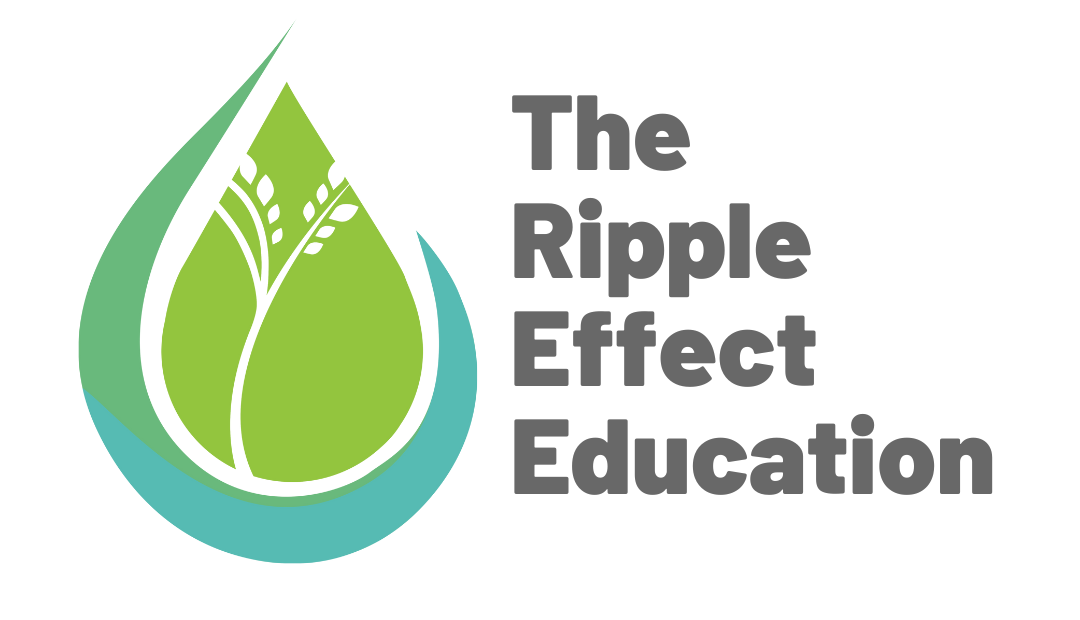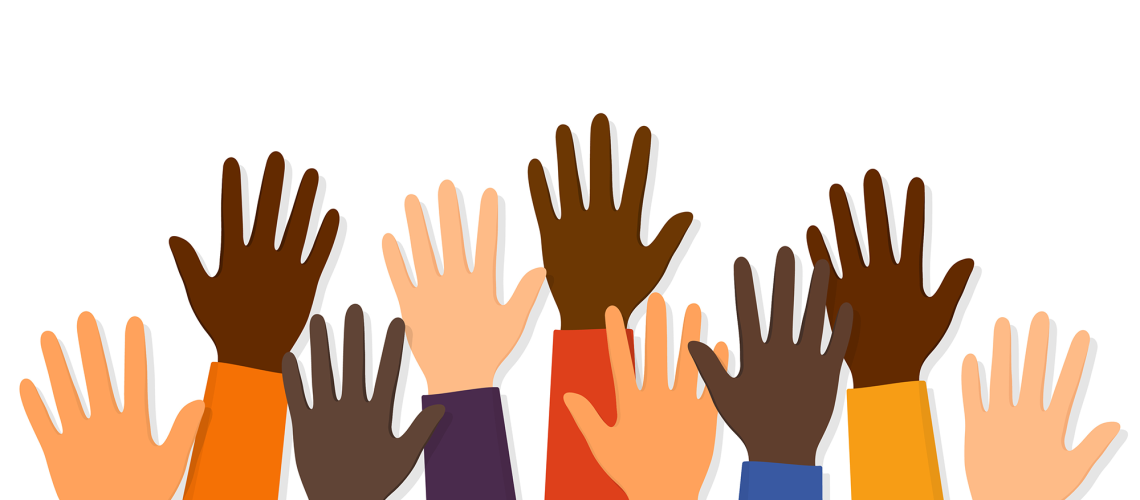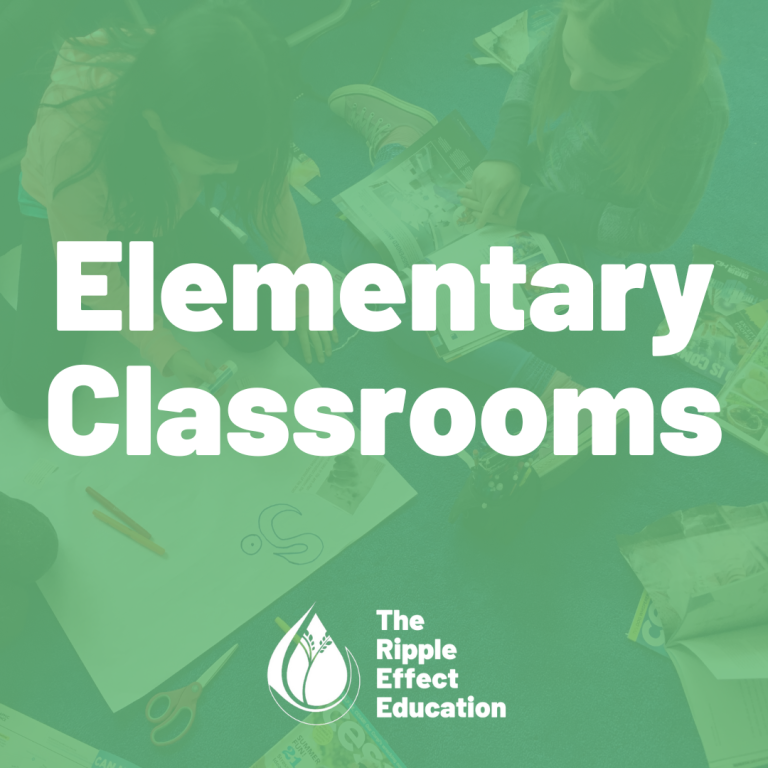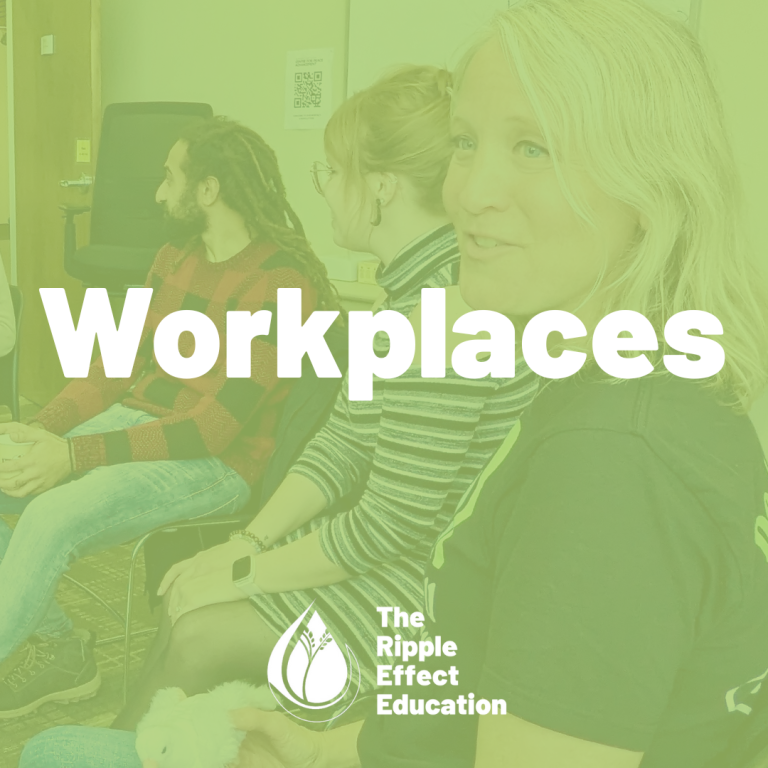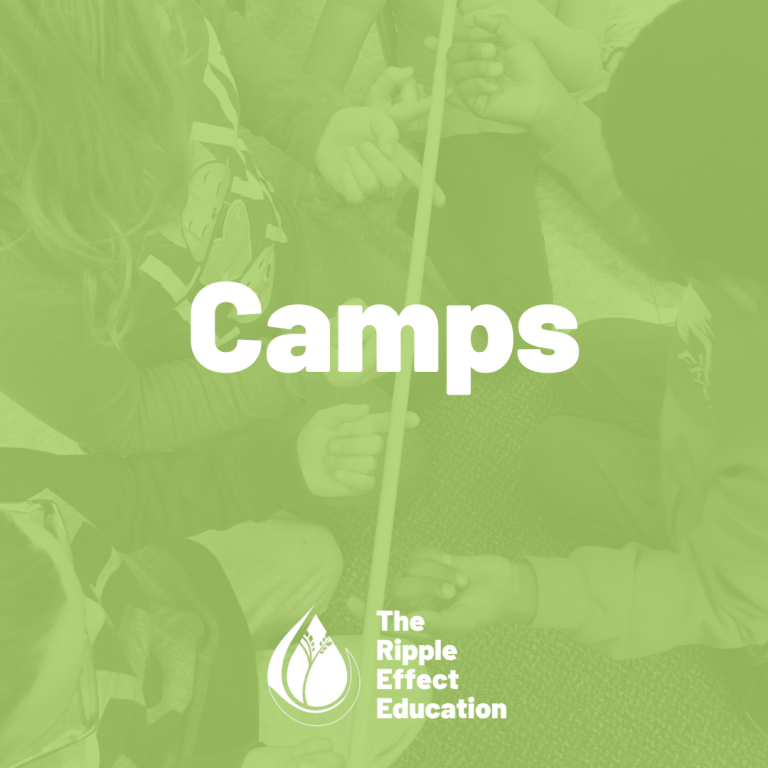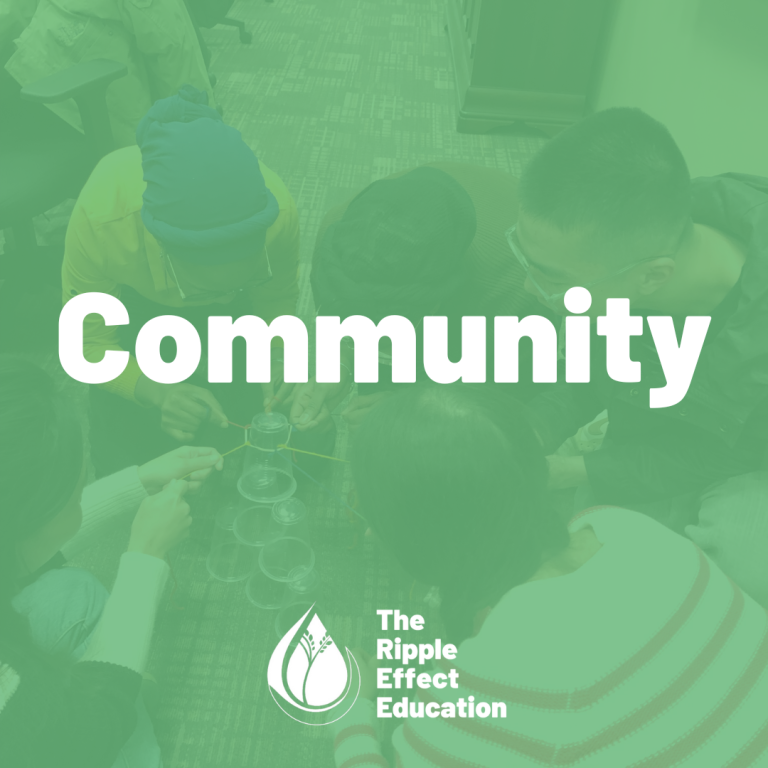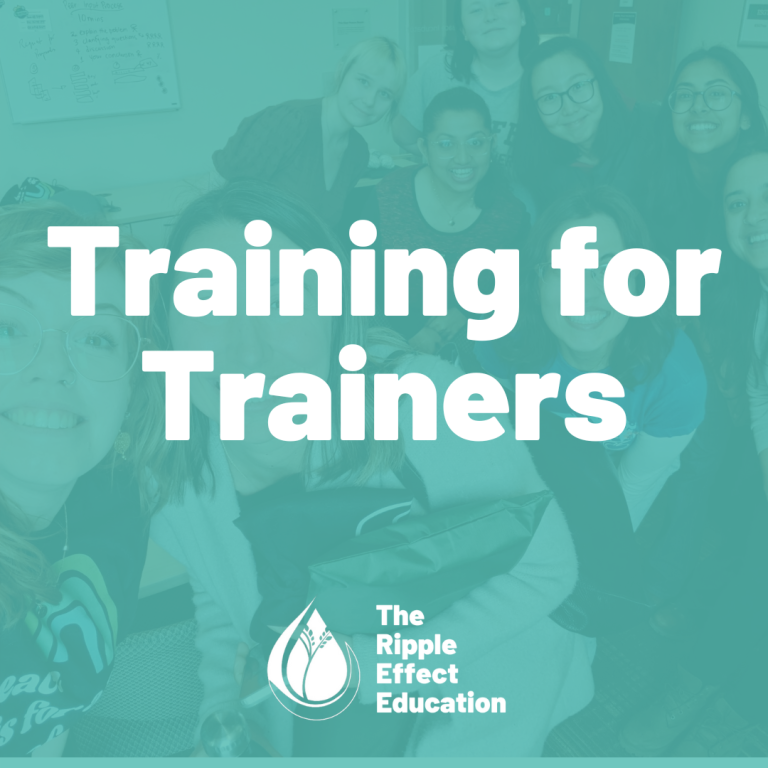Growing up it has always been perceived that children are too young to learn about the harsh truths of the world and are kept in the dark from social justice issues. As a visibly Muslim woman, I have been exposed to learning about social justice and diversity at a young age. Although, living in Canada I have always noticed how youth my age are more oblivious to the issues around us. Children need to have an opportunity to be able to learn about different diverse communities and why they should care about social justice, even if it does not concern their own communities. This allows them to feel interconnected with one another and understand the importance of caring for different communities. Currently, social media has become a much more prominent device in the hands of the youth. Students as young as grade four can start to see the systemic injustices that take place around the world just by opening their Instagram or Snapchat. Even though social media has played a positive role in addressing social justice issues and raising awareness on current worldwide movements, it is important to note that children are still observing what is right and wrong from the adults in their lives. As parents, teachers, and workshop facilitators it is our duty to use the power of social media to our advantage, and engage in conversation with them about what they’re seeing on social media and how it connects to social justice. We should be able to speak to them about racism, genocide and discrimination, allowing them to understand their community at a younger age. For example, passing by the hallways in school you can still hear racial and homophobic slurs being said by some of the students; even if they don’t necessarily say it with ill intentions, it is important to stop them at a young age and allow them to understand how their words can hurt certain communities.
When we talk to children about social justice, there are a few strategies we can use to build their interest. These are a couple of examples that we can use to start slowly and ease into the conversation.
- Exposing your child to diversity: This can be demonstrated when looking for toys, books, and activities to give to the children to make sure that they include diversity and inclusion.
- Engaging in discussion: Get their opinions about the book they just read and allow them to ask questions without feeling uncomfortable or embarrassed. We can also learn to unravel any biases they might have from being exposed to social media or certain propaganda they might pass by, scrolling on social media.
- Talk about the news: Look for news stories that portray prejudices, biases, discrimination, and racism. Allow them to understand that bullying can be used in a broader standard than what they are used to.
- Teaching anti-bias lessons with friends: Bring children together to form friendships that are bonded by creating workshops that teach anti-bias lessons and how racism will not be tolerated with one another.
It is important that we as their guardians and educators to make them feel comfortable in asking us questions. In order for them to feel that comfort, we need to be educated ourselves and find ways to include diversity and inclusion within our everyday discussions. As Nelson Mandela once said, “Education is the most powerful weapon which you can use to change the world.”
Read our related blog posts:
- How to be an Inclusive Leader
- Engaging Mindfully Outdoors – Activities for Kids
- Four Steps to Interrupting Conflict Patterns with Youth
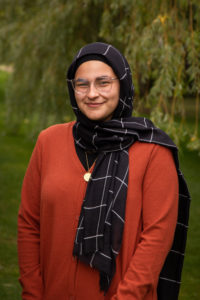 Malak El-Batroukh is a fourth year student at Wilfrid Laurier University, majoring in Global Studies with an option of Social Entrepreneurship and a specialization in International Development. She chose this major because she has always looked for a career path that included helping other people. As a Palestinian women, she was raised on the mentality that when you give a lending hand a lending hand will be reciprocated. She is excited to work for TREE because of the importance of conflict resolution and how she can take these skills into future development work.
Malak El-Batroukh is a fourth year student at Wilfrid Laurier University, majoring in Global Studies with an option of Social Entrepreneurship and a specialization in International Development. She chose this major because she has always looked for a career path that included helping other people. As a Palestinian women, she was raised on the mentality that when you give a lending hand a lending hand will be reciprocated. She is excited to work for TREE because of the importance of conflict resolution and how she can take these skills into future development work.
